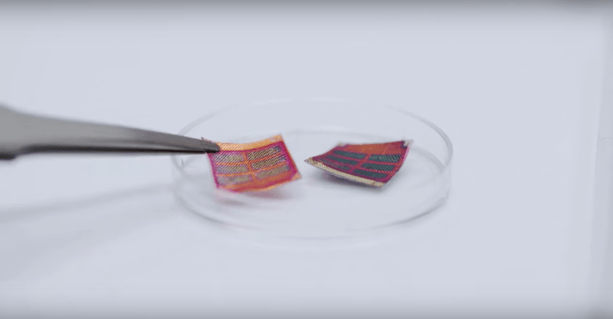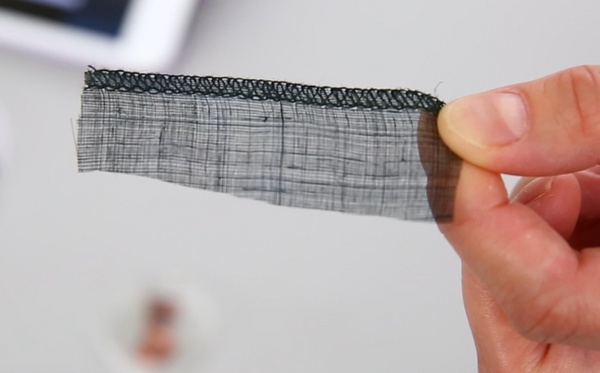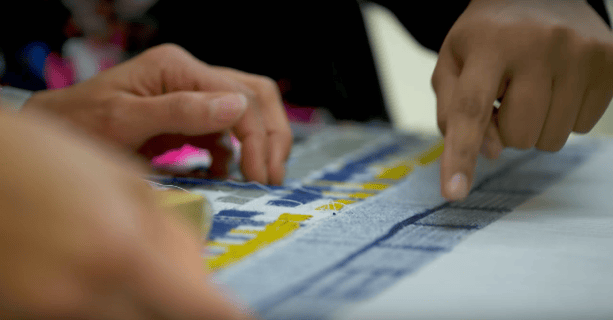Fabric designer Marianne Fairbanks and Trisha Andrew, an organic chemistry professor at the University of Massachusetts-Amherst, have teamed up to make solar fabric. While this isn’t anything new (solar fabric has been around for 15 years), Fairbanks and Andrew’s design is a whole lot sleeker and it works a whole lot better.

In the past, researchers have had a lot of problems getting solar fabric to conduct energy. Textiles are porous, with multiple fibers twisted together, as opposed to the smooth and shiny surfaces of glass or plastic. Because of this, each fiber has a different level of roughness and therefore, different levels of light scales.
Accounting for these differentiating light scales is... extremely difficult.

But that’s what makes Fairbanks and Andrew’s solar fabric different. To deal with the varying dimensions, the pair has created four layers of polymer coating to absorb light and conduct energy. Poly(3,4-ethylenedioxythiophene), or “PEDOT”, is the most important top layer of the coatings, and it focuses exclusively on increasing conductivity. The other three coats below work as semiconducting dyes--the photosensitive layers that actually absorb light for the cell. But PEDOT is special because it can be applied to any kind of fabric.
Of course, some textiles work much better than others. “The conductivity of the PEDOT was completely determined by the underlying textiles,” says Andrews. “If we had a porous textile, we got [higher] conductivity. If we had a very fuzzy textile, like fuzzy cotton jersey or wool felt, or very tightly woven textiles, then the conductivity of the PEDOT was really bad.”

Based on their initial experiments, the two have created a glove prototype that acts as a handwarmer. By taking advantage of the various properties of each fabric, their design can conduct electricity to warm different parts of the glove. It’s the first item that the team hopes to actually market.
There’s already a lot of potential with their design, and while the two are in communication with several companies who want to use their ideas in future products, Fairbanks and Andrews don’t want to stop there. They envision fabric panels for tents, shelters, beach umbrellas, and even heated car seats!
The possibilities are endless but the project will still take several more years until the two have smoothed out all the kinks. While you’re waiting on a solar sweater, why not have your house go solar in the meantime? Give us a call today at 407.331.9077 to talk about your options!


